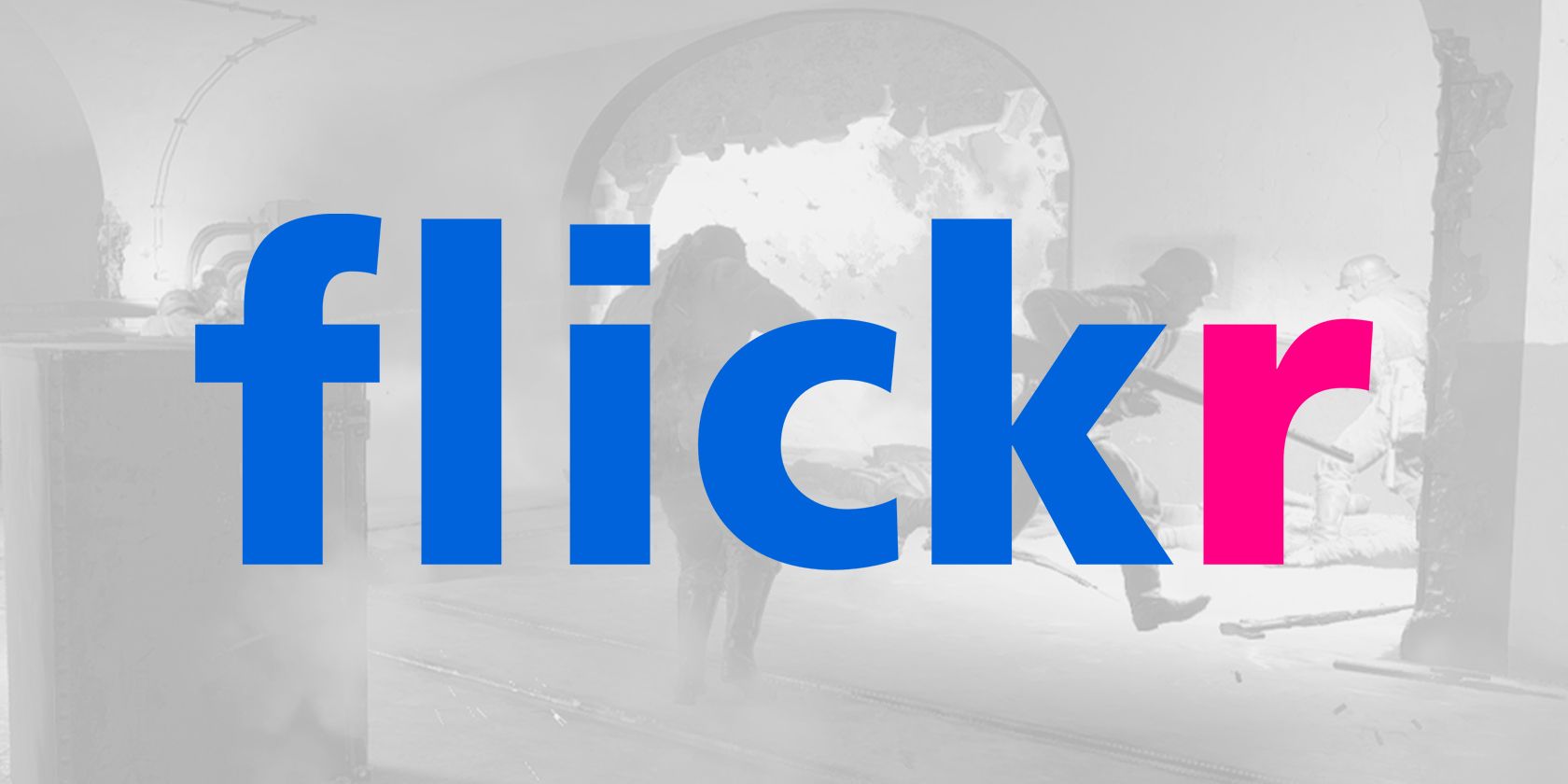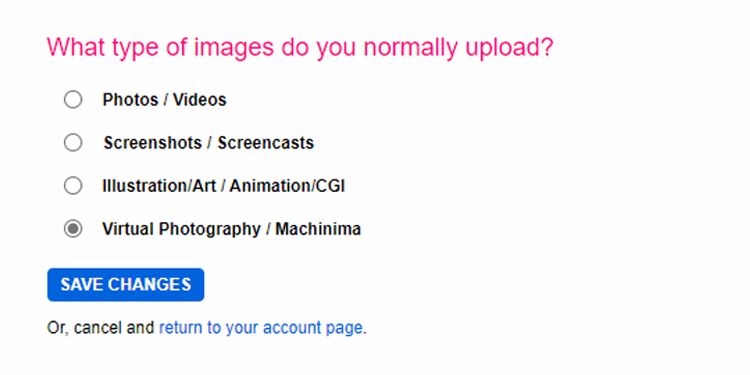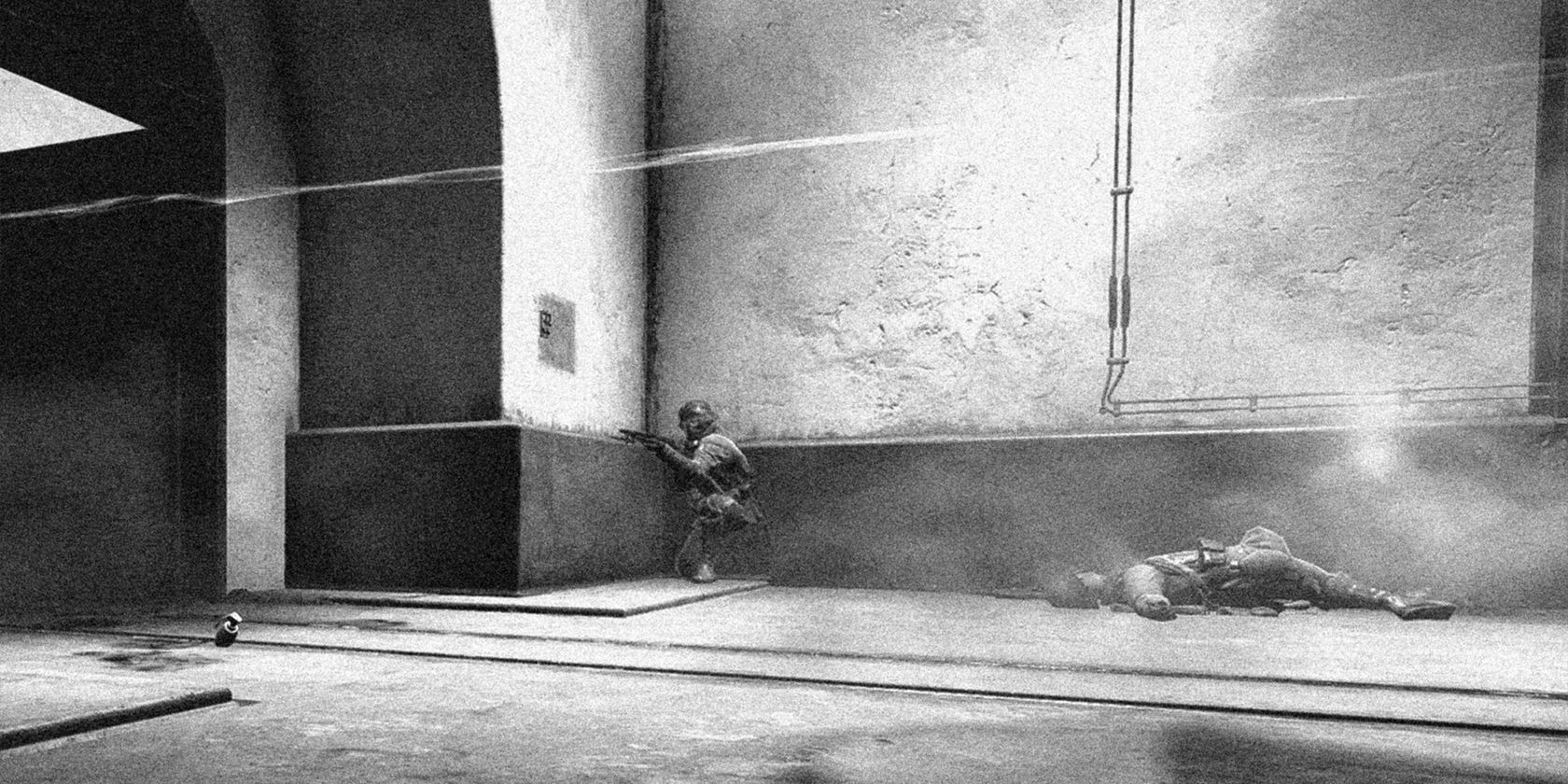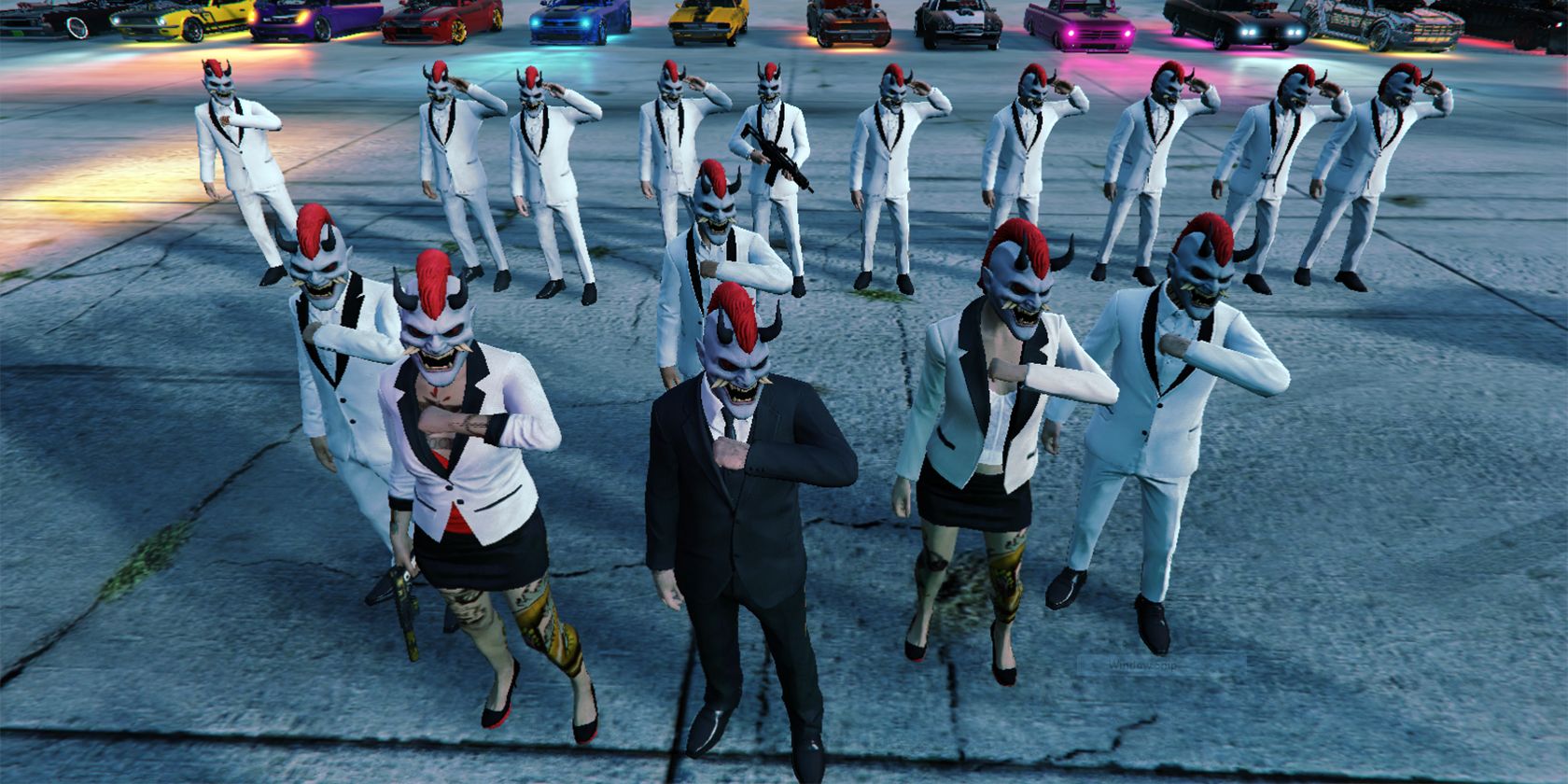For most people, photography is to capture light onto a medium for record purposes. That's why it's called photography—it's the combination of φωτός (photos) and γραφή (graphe), the Greek words for light and to draw.
However, as hardware became more powerful and games more complex, a new genre of photography arose: virtual photography. It has grown so much that even Flickr, one of the biggest photo-sharing sites globally, created a category for it.
So, what does this mean for you and the art of photography?
Flickr Adds a Virtual Photography Category
In an article on the Flickr blog, Community Manager Leticia Roncero announced that it's introducing virtual photography as a content category for bulk uploading and search filtering.
That means users can set their default upload type as Virtual Photography / Machinima. This new default category now sits beside Photos / Videos, Screenshots / Screencasts, and Illusion/Art / Animation/CGI.
When the photo-sharing platform created the category, it had two photography types in mind—video game captures and content created by the Second Life community. That means there's a large enough of a movement that Flickr thought it merited its own category.
So, if you frequently upload virtual imagery, you can log into your Flickr account, go to Settings > Privacy & Permissions > Defaults for new uploads and click Edit under What Safety Level and Content Type will your photostream have. From there, you can select Virtual Photography / Machinima and choose Save Changes.
What Is Virtual Photography?
Anyone with a smartphone is familiar with photography—just pull up your camera app and take a photo of your subject. But is virtual photography the same? How different is it from screenshots?
Virtual photography started gaining steam when gaming titles became more cinematic. What makes it different from screenshots is that virtual photography is usually accomplished using the game's built-in photo mode—that means you can change angles, exposure, lenses, and many other settings.
In comparison, screenshots just capture what you see. The thought and effort behind virtual photography are usually much more, which is probably why Flickr saw fit to add it as its own category. We have a more expansive guide on virtual photography.
Why Virtual Photography Is Growing Fast
Aside from the effort behind virtual photography, there also must have been a demand in the Flickr community—so much so that it made the photo-sharing platform implement the change. This growth is likely due to the increased capabilities of computer hardware and game engines, which allowed players to experience near real-life imagery during gaming.
This increased aesthetic value is one of the reasons why players love modern games—and as humans, we create art when inspired. Cinematic games brought new avenues to explore for players who are also into photography. It allowed them to capture the beauty and chaos of digital worlds.
And since it's readily accessible (on your computer or console) and you don't have to go outside to capture virtual sceneries, it's much easier to take virtual photos than real ones—especially during the height of the 2020 pandemic lockdowns.
One other reason people take photographs is to preserve memories. As social games like Grand Theft Auto Online and Second Life garners steam, more people go online and build real friendships on virtual platforms.
Since these people are socializing in a virtual space, they cannot take real-life photos to preserve their memories—instead, they take virtual photographs that will remind them of their friendships and experiences.
You Can Now Add Your Virtual Photographs on Flickr
With Flickr putting it as a default upload category option, the photo-sharing platform acknowledges the burgeoning field of virtual photography. And although it may have no immediate impact on most users, this move is a sign of something more—that virtual photography has a future in our society.
As developers create more cinematic and aesthetic games and as humans build more online friendships, you can expect virtual photography to grow alongside our virtual experiences. And if you have a cinematic game on your favorite gaming setup, why not give virtual photography a try?





